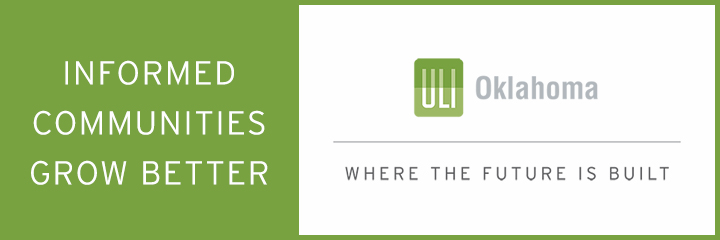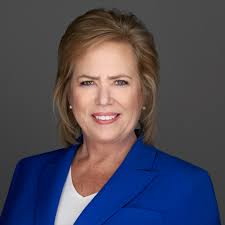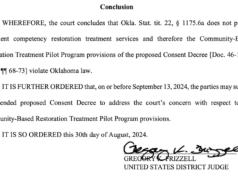

Every Oklahoman knows that extreme weather is part of living in this state. We’ve seen wild temperature swings, crop-killing droughts, killer tornadoes, branch-snapping ice storms, debilitating snowstorms, and violent heat waves. And we know that these events can hurt people and damage property.
But many people are less aware of how bad weather and seasonal changes affect the mental health of our citizens.
As far back as westward expansion, settlers across the Great Plains were said to be afflicted with “prairie madness.” Not an official clinical condition, the term referred to depression and mental breakdowns some newcomers experienced when they encountered the region’s harsh weather conditions and isolation.
These days, we have an actual diagnostic term for winter mood changes: seasonal affective disorder (SAD), also known as seasonal depression. SAD typically occurs between October and February, when the days are shorter and more cloudy, and it has been linked to a chemical imbalance driven by the lack of sunlight. While it is more common to experience SAD in winter months, people can experience the condition and its symptoms in spring and summer months.
Some people can be dismissive or flippant about seasonal affective disorder, but it is a very real and potentially serious condition. SAD affects about 5 percent of the general population in the United States, and it can lead to a variety of serious mental health problems, including depression, feelings of worthlessness and thoughts of suicide. Moreover, SAD can last nearly half the year.
The good news is there are treatments for SAD. These include light therapy, cognitive behavior therapy and medication. If you find yourself feeling down as we head into the winter, keep these options in mind.
How to fight seasonal affective disorder
One way to counteract the darkness of winter months is to get more light. Light therapy involves sitting by a therapy light box for about 30 minutes a day. These lights, known as SAD lamps, are specially designed to provide intense light with UV rays filtered out.
Cognitive behavioral therapy (CBT) is a type of talk therapy aimed at helping people learn how to cope with difficult situations by teaching them ways to adjust their thought patterns and habits.
CBT also has been adapted for people with seasonal affective disorder in an approach called CBT-SAD. It is typically conducted in group sessions focused on replacing negative thoughts related to the winter season (such as the darkness of winter) with more positive thoughts. CBT-SAD also uses a process called behavioral activation, which helps individuals identify and schedule pleasant, engaging activities to combat the loss of interest they typically experience in the winter.
When researchers directly compared CBT with light therapy, both treatments were equally effective in improving SAD symptoms. Some symptoms seemed to get better a little faster with light therapy than with CBT. However, a long-term study that followed patients for two winters found that the positive effects of CBT seemed to last longer over time.
Some mental health providers might also prescribe antidepressants for SAD — usually selective serotonin reuptake inhibitors (SSRIs), which increase the brain’s level of serotonin, a chemical that can help lift mood.
In Oklahoma, and across the United States, people often cope with extreme weather events by giving them fun names like Snowzilla, Icepocalypse and Heatmageddon. But we should be aware that weather changes can still have damaging effects on our mental health, even when events do not rise to the level of a natural disaster.
Help is available for people dealing with seasonal depression. If you or someone you know is considering suicide, please call the new national suicide hotline number at 988. You can also seek help from one of Oklahoma’s Certified Community Behavioral Health Clinics.





















